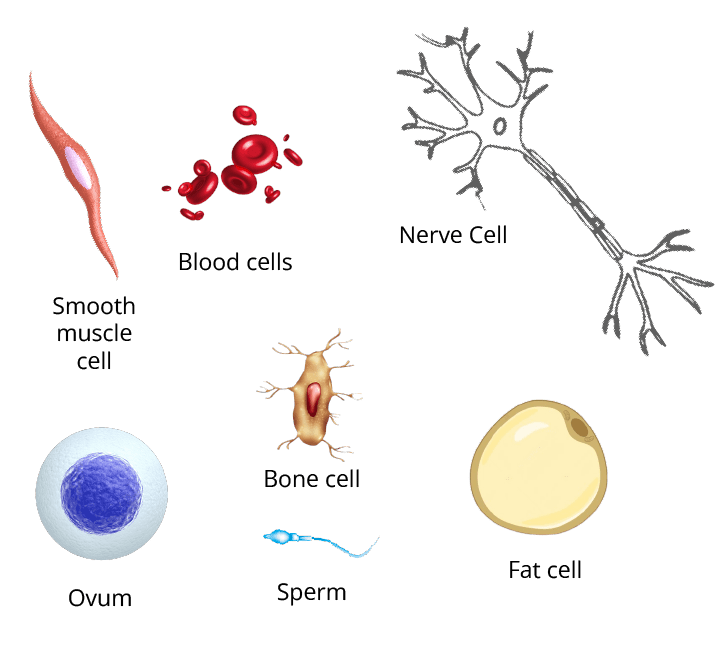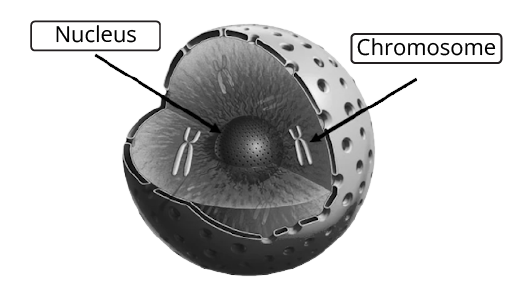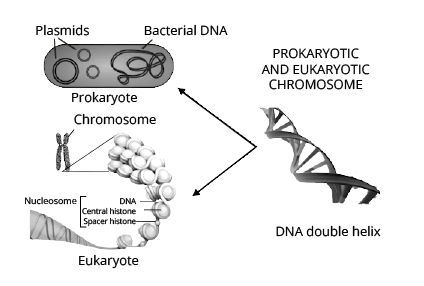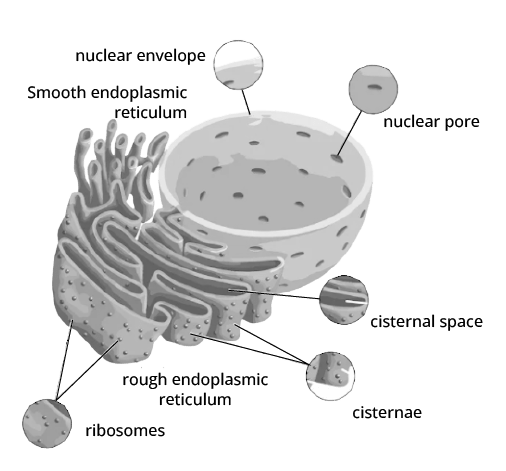Science Notes for Chapter 5 The Fundamental Unit Of Life Class 9 - FREE PDF Download
The Fundamental Unit Of Life Class 9 Science Chapter 5 CBSE Notes - 2025-26
FAQs on The Fundamental Unit Of Life Class 9 Science Chapter 5 CBSE Notes - 2025-26
1. How can these revision notes on 'The Fundamental Unit of Life' help me prepare for my exams?
These notes are designed for quick and effective revision. They summarise all the essential topics from Chapter 5, like cell structure, organelles, and cell division, in an easy-to-understand format. This helps you quickly review the entire chapter, especially before a class test or final exam.
2. What are the key topics covered in the Class 9 Science Chapter 5 revision notes?
The notes cover all core concepts from the CBSE syllabus for the 2025-26 session, including:
- The discovery of the cell.
- Structural organisation of a cell (cell membrane, cell wall, nucleus).
- Key cell organelles like mitochondria, plastids, endoplasmic reticulum, and vacuoles.
- The differences between prokaryotic and eukaryotic cells.
- A comparison of plant and animal cells.
- Basic concepts of cell division.
3. Are diagrams of plant and animal cells included in these notes for quick revision?
Yes, the notes include clear, well-labelled diagrams of both plant and animal cells. These diagrams are crucial for visual learners and help in quickly revising the structure and location of different cell organelles, which is very helpful for answering questions in exams.
4. How do these notes make it easier to remember the functions of different cell organelles?
The notes break down complex information into simple points. Each organelle, like the mitochondria (powerhouse of the cell) or the nucleus (control centre), is explained with its main function in a concise way. This method makes it much easier to memorise for exams compared to reading long paragraphs.
5. What is the best way to use these notes to revise the difference between a plant cell and an animal cell?
For an effective revision, look for the comparison table or bulleted list in the notes that specifically highlights the differences. Focus on key distinguishing features like the presence of a cell wall and chloroplasts in plant cells and their absence in animal cells. A good technique is to cover the answer and try to recall the points to test your memory.
6. Do these notes explain why the cell is called the 'fundamental unit of life'?
Yes, the notes explain this core concept clearly. They state that the cell is called the fundamental unit because it is the smallest structural and functional part of any living organism. It is capable of carrying out all essential life processes on its own, which is why it's known as the building block of life.
7. Besides just reading, how can I actively use these Chapter 5 notes to test my knowledge?
To revise actively, you can:
- Create your own flashcards for key terms like 'osmosis' or 'endocytosis'.
- Try to redraw the cell diagrams from memory after studying them in the notes.
- Use the main headings as questions and try to answer them in your own words without looking at the details.
- Explain the concepts to a friend using the notes as your guide.




















 Watch Video
Watch Video



























